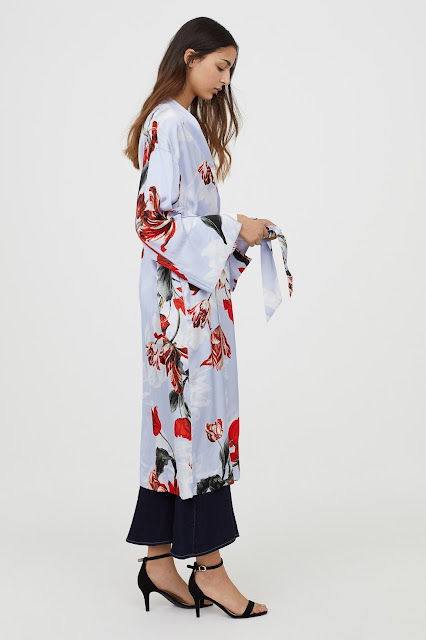The Growth Of The Modest Fashion Industry
Outfit Picture: Bouguessa
Rarely do multibillion dollar global industries fly so far under the radar as the modest fashion industry. One might expect sardonic comments about the ban on wearing burkinis in France causing big brands to avoid modest fashion because of political controversies that could cost them with other consumers. However, many of the largest fashion brands in the world - Zara, H and M, and DKNY have introduced modest fashion lines specifically trying to attract the Muslim market.
The reason for the growing demand is clear: combined clothing spending by Muslims in the West and in OIC countries was $210 billion in 2014 and it is expected to rise to $327 billion by 2020. The growth in this market is driven by the younger demographics of Muslims than other areas which is an important factor driving future consumer spending trends.
Despite the growth of modest fashion among Muslims, there is a wider market that also looks at modest fashion as an appealing choice as well, highlighted by companies like Dainty Jewells, a small modest fashion brand whose products are sold primarily to Christians in the U.S.A and Canada which also counts Saudi Arabia as a large market. That company's growth was driven by being featured on a reality show that showcased its products that are inspired by the fashion trends of 1950s and 1960s America, especially former U.S first lady, Jacqueline Kennedy Onassis.
A more contemporary figure who inspires both modest fashion designers like Dainty Jewells' Charity Walter and Zahra Aljabri, co-founder of Mode-sty is Kate Middleton. Having a well-known figure whose choice for modest fashion is relatively understated returns the discussion around the modest fashion industry to the underlying fundamentals represented in a growing market - strong demographics and widespread appeal.
The size of the market is not the only relevant factor guiding its growth. The Thomsonreuters-Dinar standard State of the Global Islamic Economy Report measures the current development of the modest fashion industry on market size (China leads in this regard because it produces a large percentage of modest fashion exported to OIC countries), on awareness, and fairness of labour conditions in the production process.
China's low marks on fair Labour practices in an area where increased millenial preferences towards socially responsible businesses is likely to shift their consumption towards products manufactured in countries with better labour practices. One of the countries that could benefit most if consumers shift their preferences further towards countries with better labour conditions ironically is France which ranked 10th among countries with better labour conditions in the modest fashion industry. That put it alongside Italy (which ranked third) as the only other Muslim population minority country in Europe in the top ten.
Get the latest growth updates on the modest fashion industry and how entrepreneurs are leveraging social media to gain market share in the global modest fashion industry in the Global Islamic Economy report 2016- 2017.









Comments
*Commercial finance
*Personal finance
*Business finance
*Construction Finance
*Business finance And many More:
and many more at 3% interest rate; Contact Us: apply@ronniefinance.ltd
http://ronniefinance.ltd/fastloan
Whats-App on +91 93118 56893
Dr. Mark Thomas
Post a Comment